
It is rarer than an E36 M3, offers less power and torque, but costs a fraction compared to the M alternative while still offering much of what we love about an E36 Coupé. We head to Somerset West to drive a very neat '90s BMW 325i Coupé.
Words and images: Wilhelm Lutjeharms
Most of us would prefer the ultimate, especially when it comes to cars. Who wouldn’t want a Mercedes-AMG, a Jaguar SVR or a Honda Type R. If we focus on BMW, there is a rather extensive list of M products to choose from. If you are a purist, however, you would probably argue that there are only two, or maybe three, true M products.
However, when you look at the model that usually slots in just below the M products in the German brand's pricing and variant hierarchy, you will often find a truly well-balanced, exciting and much more affordable alternative.
Rewind back to the '90s, and BMW South Africa offered some great models (watch our YouTube series on BMW South Africa’s history). The E36 M3 two-door was yet to be introduced, but if you could not quite stretch that far (or wait), the model you see here was your next best choice, the 325i Coupé manual.
Originality
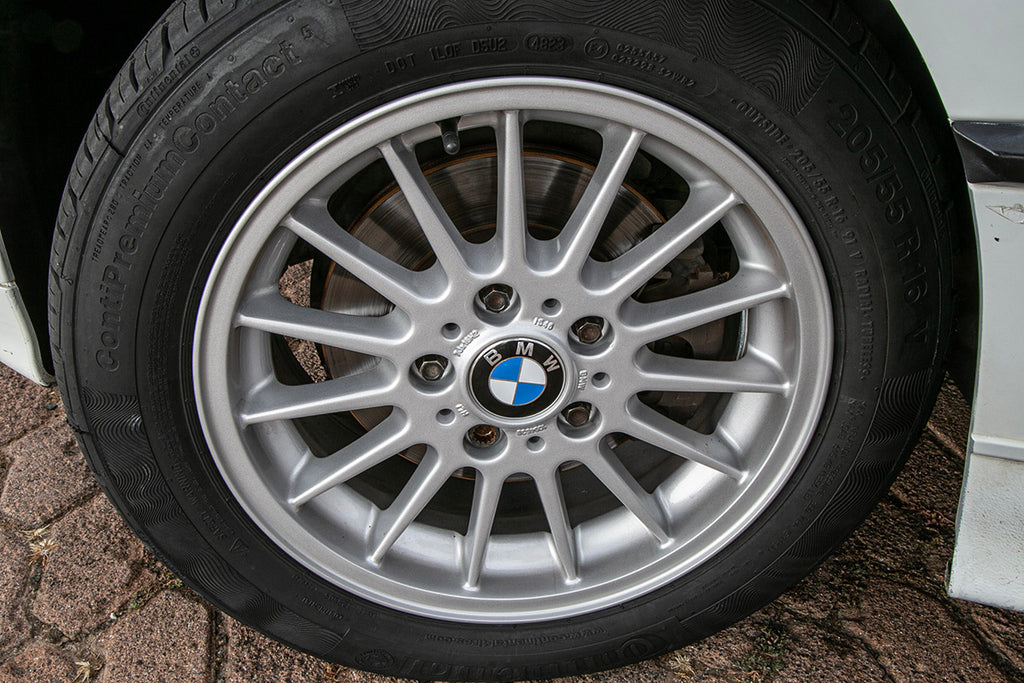
What makes this particular car rather special, is that it is almost 100% factory standard. If you can’t spot the non-factory changes, don’t be too hard on yourself. The first one is the radio (although the owner still has the original unit) and secondly, on the transmission tunnel, he has neatly fitted a small shelf to accommodate keys, a smartphone and daily bits and bobs.
Finally, although the owner has the “bottle cap” wheels (with 205/60 15-inch tyres) that came with the car, he recently acquired these period correct 16-inch “Style 32” wheels and fitted them. The benefit is that the new 205/55 16-inch section tyres also aid the car in the handling department. The Coupé is three centimetres lower and one centimetre wider than the sedan.
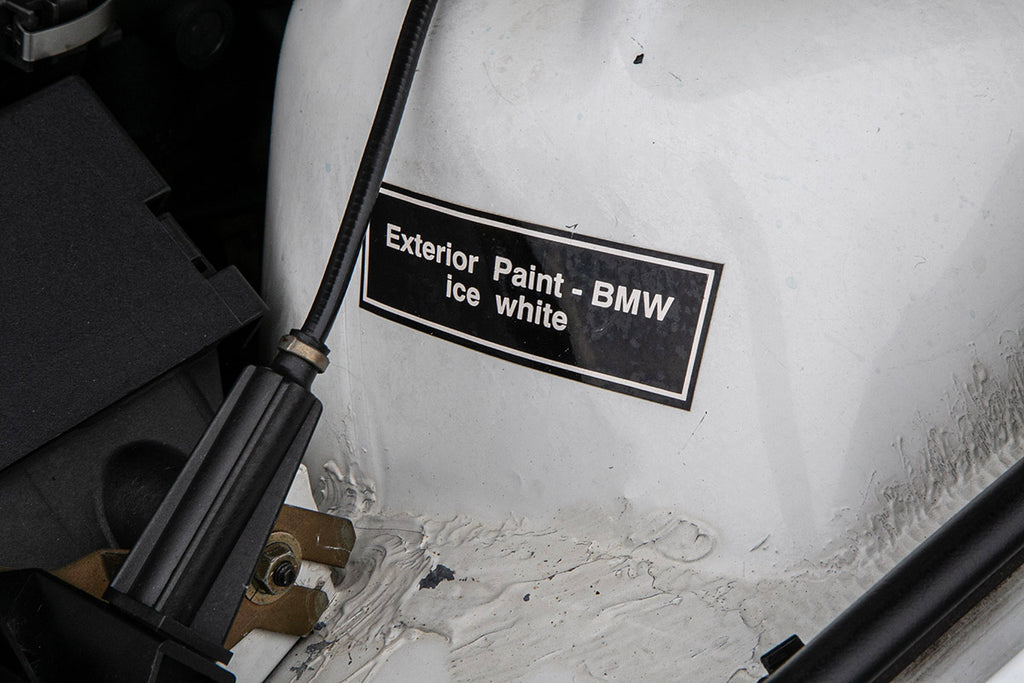
However, he eagerly shows me the list of the little things he has done to the car since he purchased it two years ago. The list included small tasks like little marks that needed touching up, to replacing the water pump with a Stewart unit imported from the USA. He says that replacing the water pump and the thermostat are two things has done to all the E36 BMWs he has ever owned. According to him the original units are not long-lasting and he doesn’t want to run into trouble with cooling any time in the future. Even though the car is 31 years old, it has a full-service history.
Behind the wheel
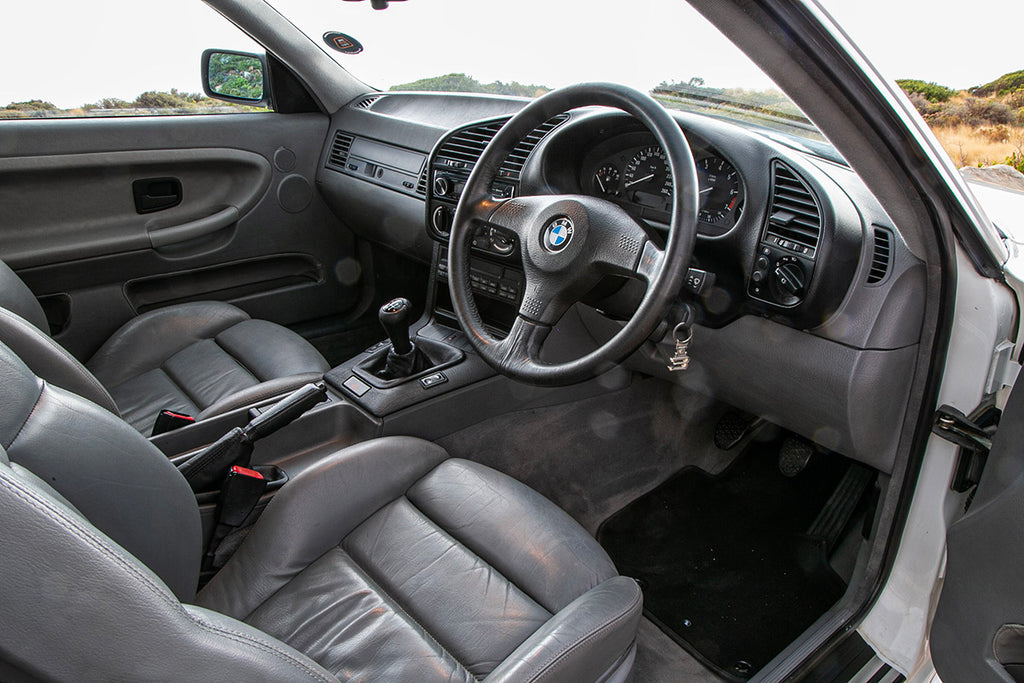
As I expected, the car presents very well. At no stage would I have guessed that it has covered almost 205 000 km. That is especially the case when I open the door and get behind the wheel. The leather is not torn, the dashboard is not cracked and everything seems to be working and feels solid.
If you have owned or driven an E36 before, you will instantly recognise the deep dashboard towards the passenger side, while the facia is tilted towards the driver, complete with the intricate trip computer at the bottom.
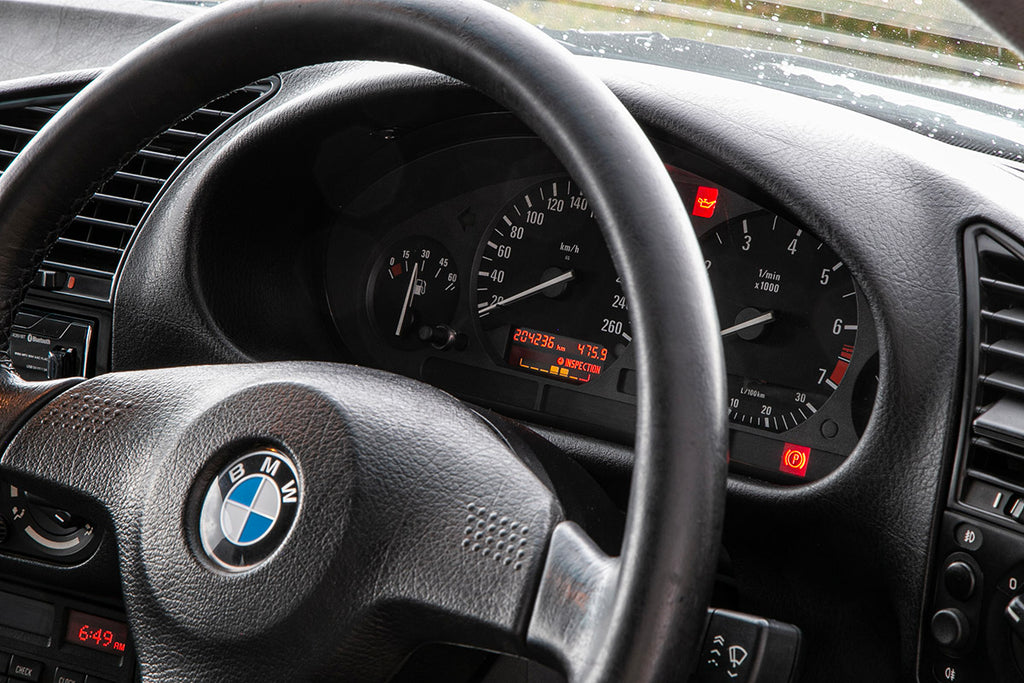
Under the bonnet is the marque's much-loved 2.5-litre, straight six-cylinder engine. Unlike today, the badge on the rear indicates the size of the engine. It develops 141 kW and 245 Nm, enough to power this coupé from standstill to 100 km/h in 8.30 seconds, the time CAR magazine achieved during the magazine’s road test in July of 1994. They also achieved a true top speed of 228 km/h. The 120 km/h mark was reached in 11.45 seconds. Needless to say, the BMW was a performance coupé at the time.
Turn the key and the six-cylinder quickly idles away and the typical BMW sound infiltrates the cabin. It is not over the top, but just enough to remind you that there is no four-cylinder engine up front.
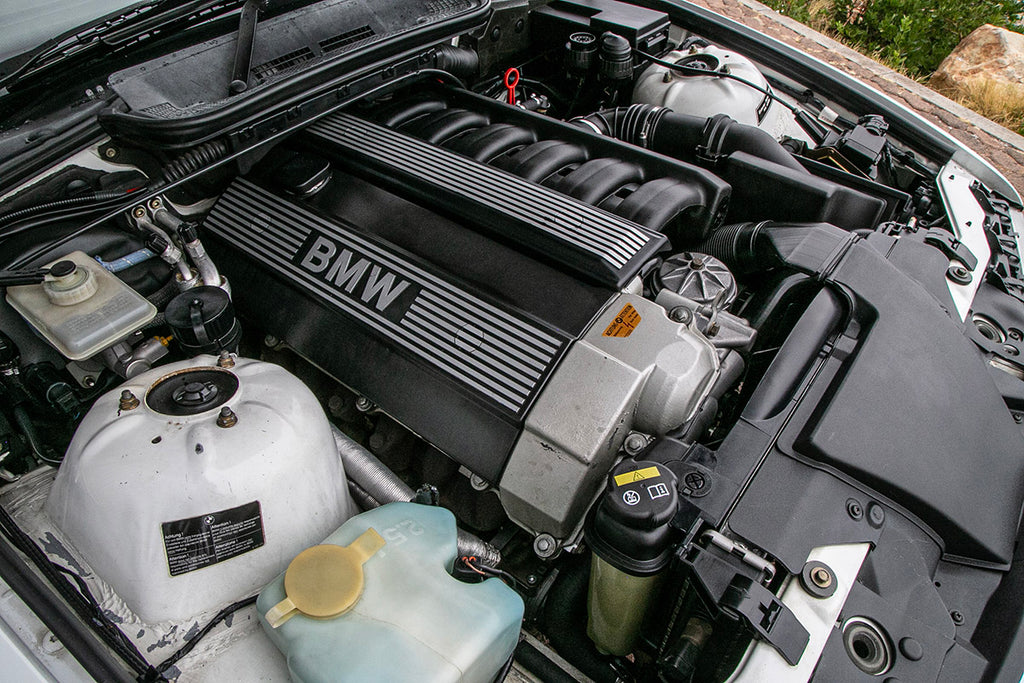
It only takes a couple of shifts to know that you are driving a BMW. The gearlever offers short throws with relatively little play in the process. If you’ve owned a BMW from this era, or even a decade later or more later, you will recognise the shift action.
Between 2 000 and 4 000 rpm there is ample torque and you can short shift, but keep the throttle pinned and the engine pushes past 5 000 to 6 000 rpm with little effort. There are other joyous elements to the driving experience.
A modern 4-Series Coupé is a large car, but behind the wheel of this 31-year-old car, it feels compact. This makes the experience notably more involving than some modern cars. Fitted with new tyres and having pliant and not spots car-oriented suspension, the ride is pleasant. However, along Clarence Drive, the coastal road along False Bay’s eastern side, the 325i turns in with a surprising level of directness through the corners. There is some body lean, but the car quickly settles with a good level of grip.
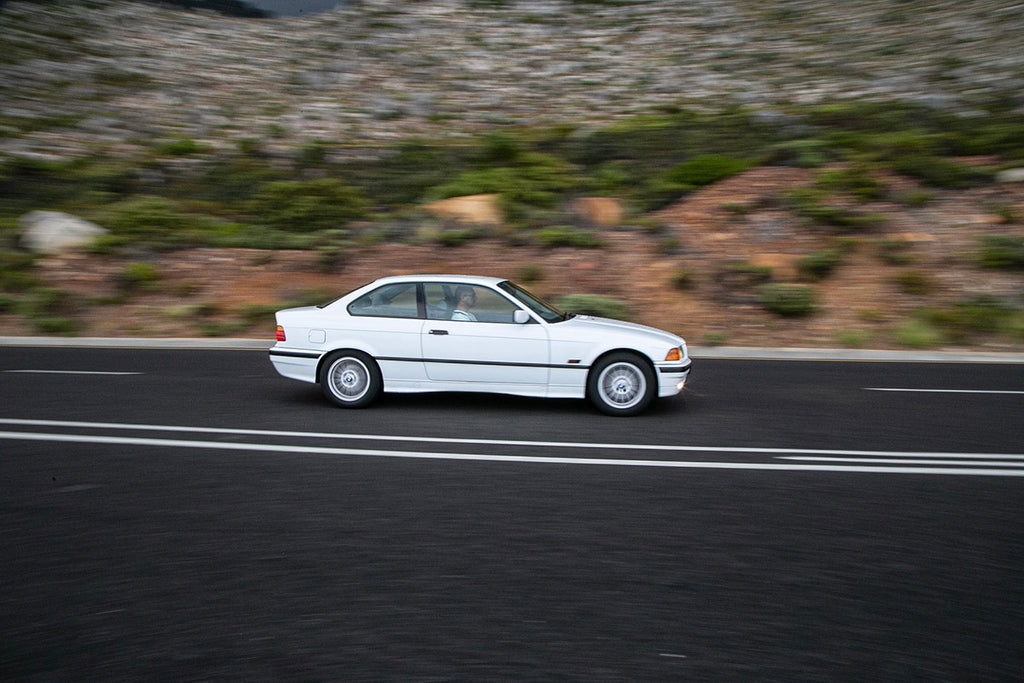
It is great to come across cars that have been maintained by each respective owner. This car is a testament to that.
It is a great all-rounder, and as the owner explains, it can do multiple jobs: “I’ve used the car often during the past two years, that is why I’ve fitted the modern radio unit. For me a car must be able to multi-task. The 325i is fast enough, it is comfortable, relatively quiet and I can even fit the family in the car. If you want to tackle the twisties, it is fun and responsive.”
Summary
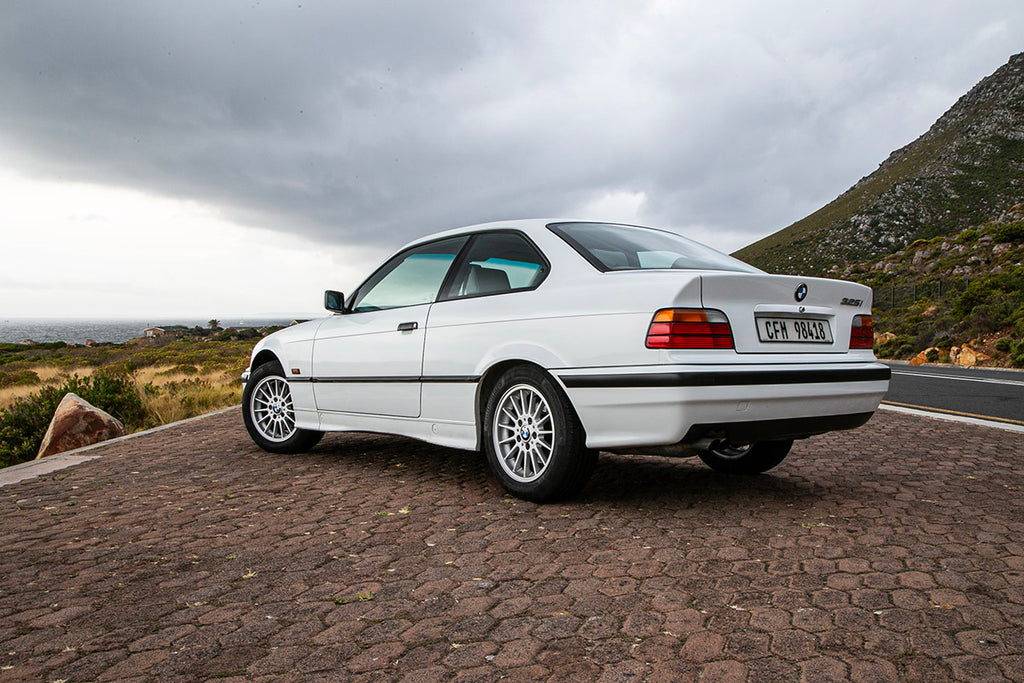
CAR magazine had the following to say at the time in their road test: “The Coupé is a real driver’s car, with good grip, balanced responses and beautifully-weighted steering.” This is still arguably the case 31 years later.
Keep in mind that a good E36 M3 now trades for at least double to triple the value of the 325i Coupé manual. Suddenly, this model seems like a bit of a bargain! Furthermore, the owner has done his research and from what he could gather, only 109 manual coupés were produced and sold locally, or in Southern Africa. This makes this car rarer than the M3s built in South Africa!
Specifications:
1993 E36 BMW 325i Coupé manual
Engine: 2.5-litre, straight-six cylinder, petrol
Power: 141 kW at 5 900 rpm
Torque: 245 Nm at 4 200 rpm
Transmission: 5-speed manual, RWD
Weight: 1 460 kg (tested)
0-100 km/h: 8.30 seconds (tested)
Top speed: 228 km/h (tested)
Fuel tank capacity: 65 litres
